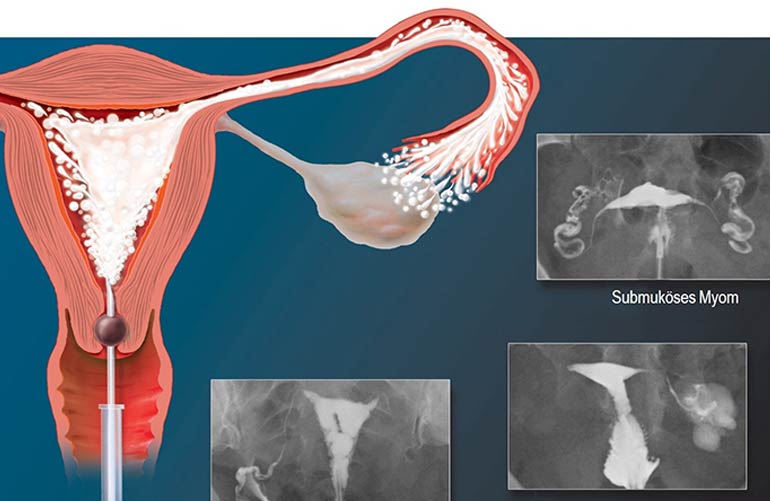
Hysterosalpingography (HSG)
Infertility can be caused by blocked fallopian tubes or an abnormal uterine cavity. HSG is an X-ray test used to outline the internal shape of the uterus and determine whether the fallopian tubes are blocked.
A thin tube is threaded through the vagina and cervix during HSG. In the uterus, a substance known as contrast material is injected. A series of X-rays, or fluoroscopy, is used to track the dye, which appears white on the X-ray, as it moves through the uterus and into the tubes. An abnormality in the shape of the uterus will be highlighted.
If the tube is left open, the dye slowly fills it. The dye leaks into the pelvic cavity, where it is absorbed by the body.
If you're a woman trying to conceive, you're probably aware that many parts of your body must function properly. Your ovaries must produce an egg every month (this is known as ovulation), your uterus must be in good condition, and your fallopian tubes must be open. If any of these critical components fail, you may have difficulty becoming pregnant.
If your fallopian tubes are blocked, sperm cannot reach your egg and the fertilized egg cannot enter your uterus. Blocked tubes can occur for a variety of reasons, but regardless of the cause, your doctor will diagnose it with a hysterosalpingogram.
